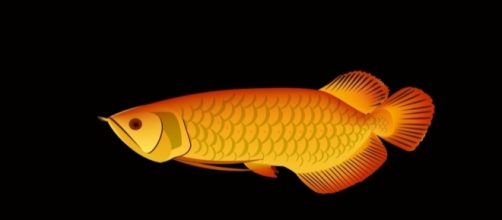Protected by the Endangered Species Act and illegal to own in the United States, the Asian arowana or “dragon fish” is, nevertheless, the most highly coveted endangered tropical fish on a flourishing black market the encompasses wealthy Asian as well as North American buyers. The Chinese culture regards the fish as a symbol of prosperity due to its usual red color and scales that resemble coins. One Wall Street banker was so obsessed with owning one that he broke down in tears during his arrest, confessing to authorities that its appeal was irresistible and worth all the risks.
Why is this fish so valuable?
Author Emily Voight in her book: The Dragon Behind the Glass: A True Story of Power, Obsession, and the World’s Most Coveted Fish, described her trek through 15 countries to follow the trail of this tropical fish that is often transported under armed sentries suitable to protect royalty. She believes that the arowana, which was at one time the subject of a well-meaning but over-blown conservation effort, became instead a highly publicized, desirable and collectible species among wealthy lovers of tropical fish.
This tropical, Southeast Asian freshwater fish grows three feet long in the wild. Its presence dates back to the age of the dinosaurs and it is a feared predator.
Its movements are reminiscent of Chinese New Year paper dragons, which is one of the reasons it is so desirable to own one of these fish.
The Asian arowana tropical fish is a natural paradox.
Despite the ban on importing these tropical fish across US borders, over the last few years, wildlife traffickers and smugglers have transported more than two million arowanas across international borders.
They come from Southeast Asian farms surrounded by barbed wire and concrete walls, and they dramatize the paradox of a fish that is largely becoming extinct in the wild that is now annually being bred by the hundreds of thousands.
Wildlife smugglers have created a lucrative market for what was once a rather bland and ordinary fish.
In the 1970s, this fish was eaten every day and wasn’t even considered particularly tasty. Due to the fact that it was a slow-producing species and a formidable predator, it ended up on the endangered species list, which inadvertently transformed this mundane creature into an international hot commodity worth more than its weight in gold.
Perhaps the gesture of placing a fish in a tank is our humanity reaching out to connect with other forms of life. Still one can only say…go figure!

